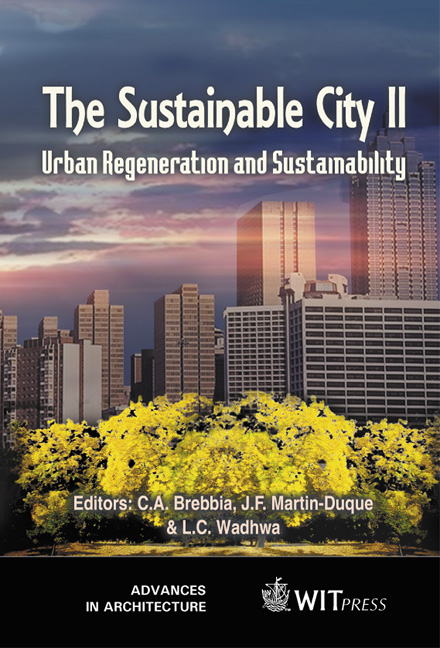Geochemical Processes In The Unsaturated Zone Below The City Of Tel Aviv (Israel) During The Pre-industrial Stage Of Its Development
Price
Free (open access)
Transaction
Volume
54
Pages
Published
2002
Size
595 kb
Paper DOI
10.2495/URS020571
Copyright
WIT Press
Author(s)
M Zilberbrand & E Rosenthal
Abstract
The coastal city of Tel Aviv was founded in the beginning of the 20th century. The number of its inhabitants and its water consumption increased rapidly. The sewage disposal system evolved gradually from private pit-latrine collectors to a central canalization system completed between 1952-1953. The pre-industrial development of geochemical processes in the unsaturated zone of the urban area during 1934-1948 has been studied using archive data on concentrations of major ions, dissolved gases, organic matter, and pH for each half-year period. Infiltration of pit-latrine effluents has introduced large amounts of ammonium into the unsaturated zone. Its rapid oxidation in unsaturated sediments caused massive nitrate production, accompanied by pore-water acidification. This process induced dissolution of vadose carbonate, resulting in enrichment of groundwater recharge in calcium with essential increase in groundwater hardness. Anthropogenically induced dissolution of calcite in the unsaturated zone has been the major factor for the increase of Ca2+ concentration in groundwater, accounting for about 80% of this increase. In the interface zone, additional 20% of calcium were supplied by cation exchange. Urban development has caused drastic changes in the gas content in the unsaturated zone and in groundwater. Carbon dioxide was intensively generated by nitrification - denitrification processes, by hydration of urea, to a lesser degree by oxidation of organic matter and probably by anoxic biodegradation of organics. Between 1934-1948, concentrations of CO2 in the air of the lowermost portion of the unsaturated zone rose from 3.2% to 7.6%. In unsaturated sediments, oxygen consumption for oxidation of ammonium and organic matter lowered the concentrations of O2in pore air to unusually low values of 3.9- 12.9%. Nitrification in the urban unsaturated zone could thus serve as a pump sucking in atmospheric oxygen at a rate of about 0.3-0.5 g m-2 day-1. The extreme
Keywords





